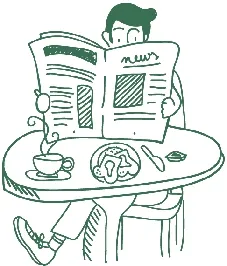口语步步高(十二)
张晓飞 供稿
口语步步高(十二)
张晓飞 供稿
功能口语
1 见面问好我们生活在一个文明、和睦的社会大家庭中,和谐、友好的氛围对于我们的生活、学习和工作无疑有着很大的积极作用。因此,人们在见面时互致问候,早已成为世界各国共有的礼仪行为。
常考口语⇁
1. Good morning! 你好!(早上见面时用)Good afternoon! 你好!(午后见面时用)Good evening! 你好!(晚上见面时用)How are you? 你好吗?(用于熟人之间)
2. Fine, thanks. 很好,谢谢你。
Fine, thank you. And you? 很好,谢谢。你呢?
免费套餐⇁
Are you well? 你好吗?
How are things? 近来如何?
How is everything? 一切都好吗?
What’s new with you? 你近况如何?
Much better, thank you. 好多了,谢谢你。
Quite well, thank you. 非常好,谢谢你。
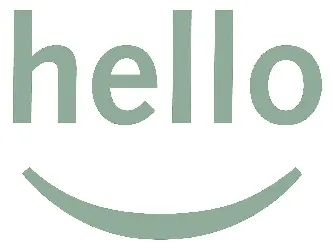
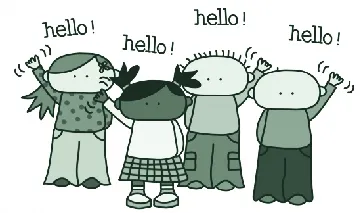
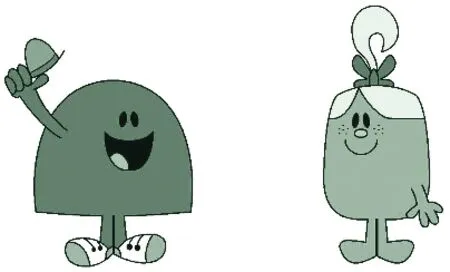
快乐剧场⇁
Betty: Hello, Jim.
Jim: Hi, Betty.
Betty: How are you today?
Jim: Fine, thanks. And you?
Betty: I’m OK. How is Kate? Is she well?
Jim: She’s very well, thanks.
Betty: See you later, Jim. Goodbye!
Jim: See you this evening. Bye-bye!
背景知识⇁
下面是一些中国人常用的问候语和英美人的禁忌话题,可千万别将它们用于同英美人的日常交谈中哦。
1) 同英美人打招呼不应问“你吃饭了没有?(Have you eaten?/Have you had your lunch?)”“到哪儿去?(Where are you going?)”或“你在忙什么?(What are you busy with now?)”等。
2) 英美人强烈反感别人随便问及自己的年龄、收入、体重和婚姻状况等隐私。而住宅、服装、家具等的档次(价格)、家庭住址、电话号码、子女就读的学校,以及家庭成员的状况等内容也不应作为日常涉及的话题。
2英语表达语
我们学习英语,就应学会英语表达语,学会说“这个用英语怎么说”。
常考口语⇁
What’s this in English? 这个用英语怎么说?
It’s an orange. 这在英语中是“orange”。
Spell it, please. 请把它拼出来。
O-R-A-N-G-E, orange. O-R-A-N-G-E,橘子。
免费套餐⇁
What’s this/that? 这/那是什么?
What’s that in English? 那个用英语怎么说?
What’s English for this? 这个用英语怎么说?
Can you spell it, please? 请问你能把它拼出来吗?
How do you spell it? 你怎样拼写它?
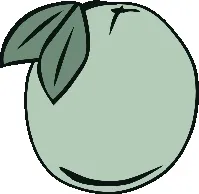
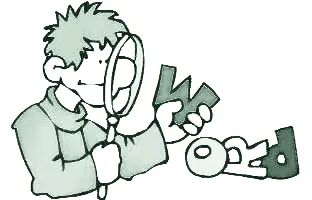
快乐剧场⇁
Chris: Good evening, John!
John: Good evening, Chris!
Chris: What’s this in English?
John: Is this a cup?
Chris: No, it isn’t.
John: Is this a map?
Chris: Yes, it is.
John: Can you spell it?
Chris: Yes, I can.
John: Spell it, please.
Chris: M-A-P, map.

背景知识⇁
“What’s this in English?”是个含有特殊疑问词“what”的特殊疑问句。“in English”可作“在英语中”或“用英语”解。“in+某种语言”表示“用……语言说”的意思。如“Excuse me! What’s this in Chinese?(打扰一下!这个用汉语怎么说?)”。
口语一点通
1 Quiet! 安静!当办公室或教室等场合喧哗吵闹时,可用此要求他人安静下来。当然,我们也可以客气点地说“Quiet, please.(请安静点。)”。
A: Hey, someone drank the last cola! 嘿,有人把最后一罐可乐喝了!B: I was thirsty then. Stop complaining and go buy some more.
我当时渴得不行。别抱怨了,赶快去多买几罐。
C: Quiet! I’m trying to study. 安静!我要学习。
【常用口语】
Be quiet! 安静!
Shh! 嘘!
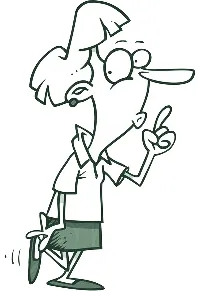
2 So what? 那又怎么样?
当觉得别人所提到的事情不值得大惊小怪时,则可使用本句。老外在说此句时,往往会耸个肩,并做个两手摊开的手势。
A: I got a ninety-nine on my test. 我考试得了九十九分。
B: So what? I got a hundred! 那又怎么样?我可得了一百分!【常用口语】
So? 那又怎样?
So what’s the big deal? 那有什么了不起?
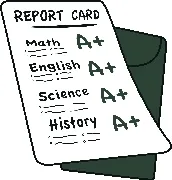
【特别提醒】
在本对话中,“I got a ninety-nine”是由“I got a score of ninety-nine”简化而来的。
3 Say when. 可以了就请告知。
本句是餐桌上的常用语,当你为他人斟茶水时,就可说这句话。
A: Would you like to have some more milk? 要不要再多来点牛奶?
B: Sure, thanks. 当然好啊,谢谢。
A: Say when. 可以了就请告诉我。
【常用口语】
Tell me when. 告诉我何时(停止)。
Tell me when it’s enough. 够了就告诉我。
【特别提醒】
在添茶(饮料、酒水等)的过程中,如果量已足够,可说“That’s fine/enough. Thanks!(可以了/足够了。谢谢!)”,甚至可简单地用“when”来回答。

4 I don’t think so. 我不这么认为。
当我们不同意对方的论点或看法时,可使用本句。“I’m afraid not.(恐怕不是这样。)”也具有相近的表达意味,但语气更为委婉客气。
A: Tom is a good boy. 汤姆是个好孩子。
B: I don’t think so. 我并不这么认为。
【常用口语】
I can’t agree with that. 我无法同意。
I beg to differ. 我不敢苟同。
【特别提醒】
“I beg to differ.”原表示“我请求有不同的看法。”,语气较“I don’t think so.”更为谦卑。但若对某人的论点持怀疑态度,则可用“I’m doubtful about that.(我对此很怀疑。)”。

5 Take your time. 慢慢来,不要急。本句为体贴他人的用语,请对方不必慌忙。对方在听到这样的话语后,做起事来便会不赶不乱,错误也自然可以减少了。
A: Can I see the paper when you’re through, Sally?
你看完报纸后能让我瞧瞧吗,莎莉?
B: OK. I just want to read the comics. 好的。我只是看看漫画而已。
A: Take your time. 慢慢来。
【常用口语】
(There’s) No hurry/rush. 别急。
(There’s) No need to hurry/rush. 不需要急。
【特别提醒】
对话中的“through”作形容词用,表示“做完的”,其后常接介词“with”。如“I’m through with my assignment.(我已做完功课。)”。
